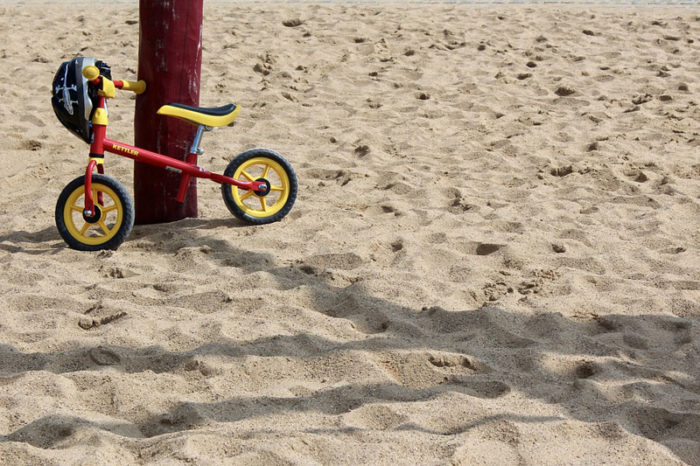Children love wheeled toys, both indoors and outdoors. There are different models for all ages. Be creative; there are many different types of pedal-powered toys, and children love to mix things up. From a young age, they can ride a car adapted to their learning level, preparing them for riding their bike!

Alternatives to bicycles
As babies, children loved the rocking of the car, and this affection never leaves them. Later, they very often develop a fascination for means of transport. Cars, trucks, excavators, tractors, dump trucks, cranes, motorcycles, go-karts… They love all these machines without any moderation. Children, therefore, like to spend hours browsing books, playing with figurines, watching cartoons, or heroes featuring this type of vehicle. The “must” to please them is to offer them miniature versions of these means of transport or specialized vehicles!
There are many models to get behind the wheel like mom and dad. Our favorite is the pedal go-kart for kids, adored by toddlers who can use it without having a sense of balance, in complete safety. They will be closer to the ground than on a bike and therefore avoid any falls. Children will appreciate pedaling like on a bike with alternating legs to move the kart forward, with greater ease. Ideal for starting outdoor games, there are many models of pedal go-karts for kids. We also advise you to consult comparisons on pedal go-karts for kids to make the best choice. For older children, it is also an opportunity to race and imagine themselves in a race against the clock!
Pedal games before switching to cycling
Learning to ride a bike is a step-by-step process. First, from a young age, offer your child a balance bike, a structure with handlebars adapted for small children, without pedals. With the help of their legs and feet on the ground, they will push left and then right to move forward, and will learn to manage their speed and trajectory. Then, you can offer them a tricycle. With the tricycle, they will learn to manage the pedals, to push hard enough to move the tricycle forward both indoors and outdoors. This will be the perfect transition before moving on to a bike with training wheels at the back, which will give the child more height, and they will gain confidence on their bike. Once they have gained confidence and mastered balance, you can then suggest, without forcing them, to remove their training wheels when they feel ready. And off they go!
Helping your child ride a bike without training wheels
The first thing before starting the famous rite of passage from a bike with training wheels to a bike without training wheels is to make sure that your child is ready and wants to. If he still shows signs of fear and is not calm on his bike with training wheels, wait a little! Above all, do not succumb to the possible looks of others; it is not because the little neighbor who is 6 months younger than your child has made the transition that you should rush your child. This is the best way to put pressure on him, which is not at all necessary for the proper learning of cycling. In the same way, do not talk about it to those around you before he is ready.
On the other hand, if there are still some fears but your child shows that he wants to overcome them, you must support him and give him self-confidence. Make him understand that failure has no consequences, that he will eventually succeed and that you will be there every moment, as long as he needs you. Make it a team challenge between you and him, it will be a wonderful moment of bonding.
Before any attempt, don’t skimp on safety equipment! A helmet, knee pads, and elbow pads will reassure everyone, and learning can be stress-free.
To start gently, suggest that they take it step by step, for example, by holding them with one hand on the saddle and the other on the handlebars to keep them safe. Maintain their balance so that they can concentrate on pedaling and steering with you, so that they psychologically overcome the obstacle of not having training wheels. Do this exercise several times over very short distances to begin with, showing them the starting point and the finish point that you have set. Talk to them throughout the entire distance, and give them lots of encouragement before, during, and after each test. Make sure to explain to your child that pedaling too slowly makes it difficult to maintain balance and good control of the bike.
Once you feel that your child needs less and less of your support at the handlebars, release that hand and repeat the exercise. Once the trajectories are well maintained and you feel that the balance is better, that is to say that you have less force to put at the saddle to keep him upright, release the saddle gradually. If he falls, console him without dramatizing by showing him that, even if there are falls, the protections prevent pain and that it is not serious at all. And we get back on the saddle immediately, we do not stop a session because of a fall! As the days go by, you will see very rapid progress, and you will have a great time. It’s your turn!
Children must remain under your supervision throughout the entire playtime on a bike or any other small vehicle. To avoid any loss of control, be sure to clearly define the play area and choose flat surfaces so that children maintain control of their vehicles.
